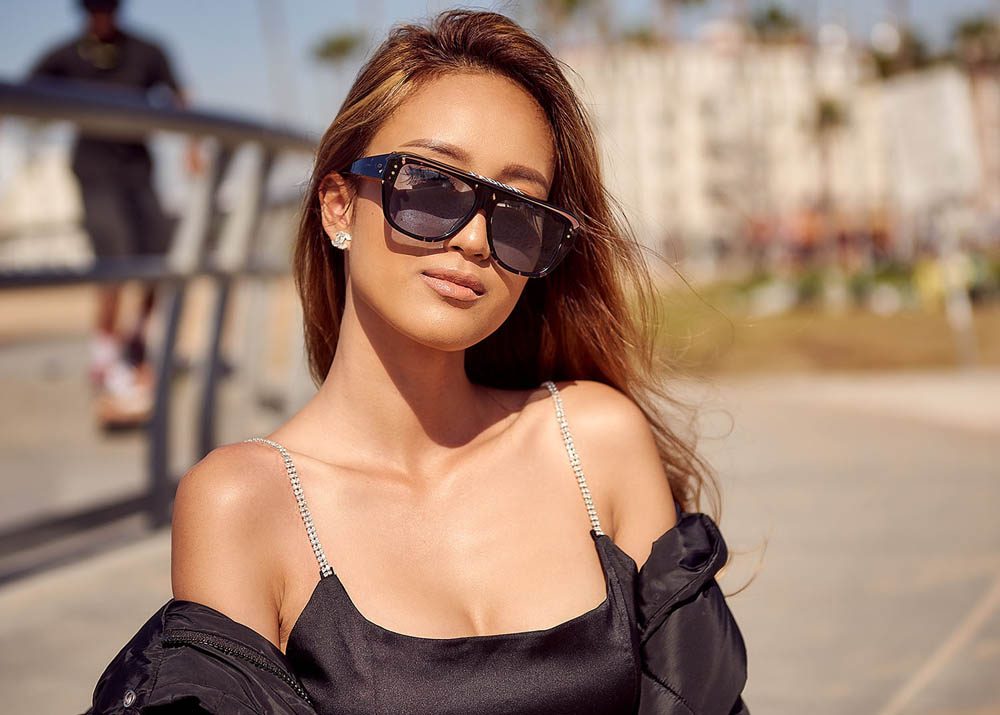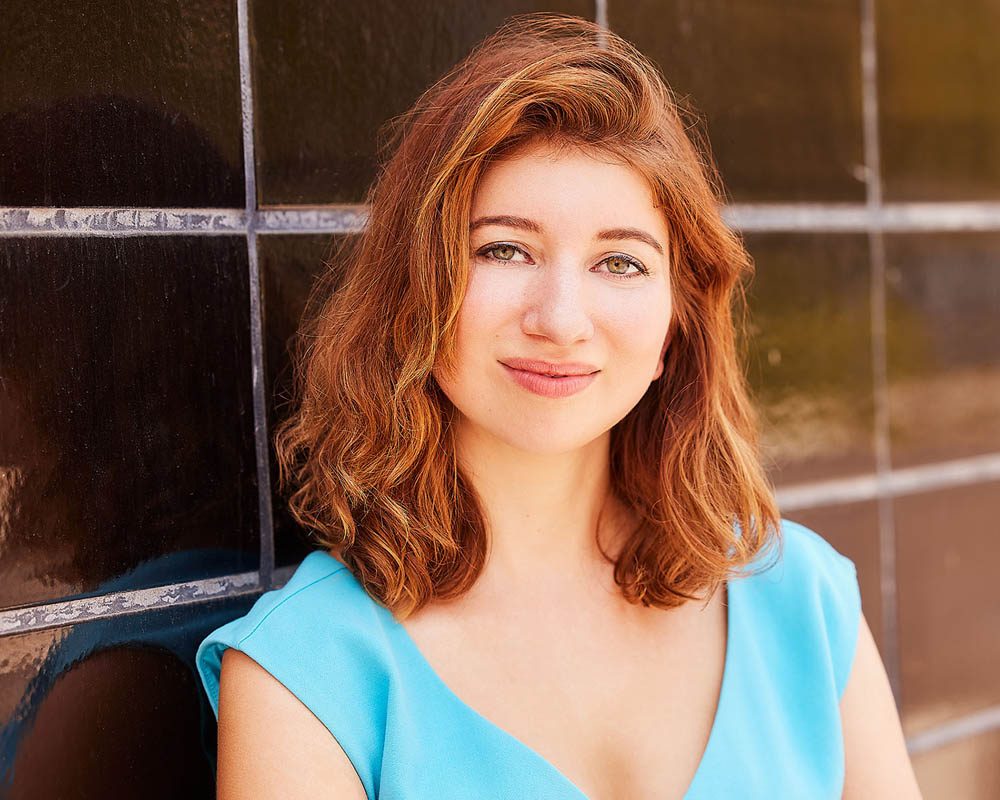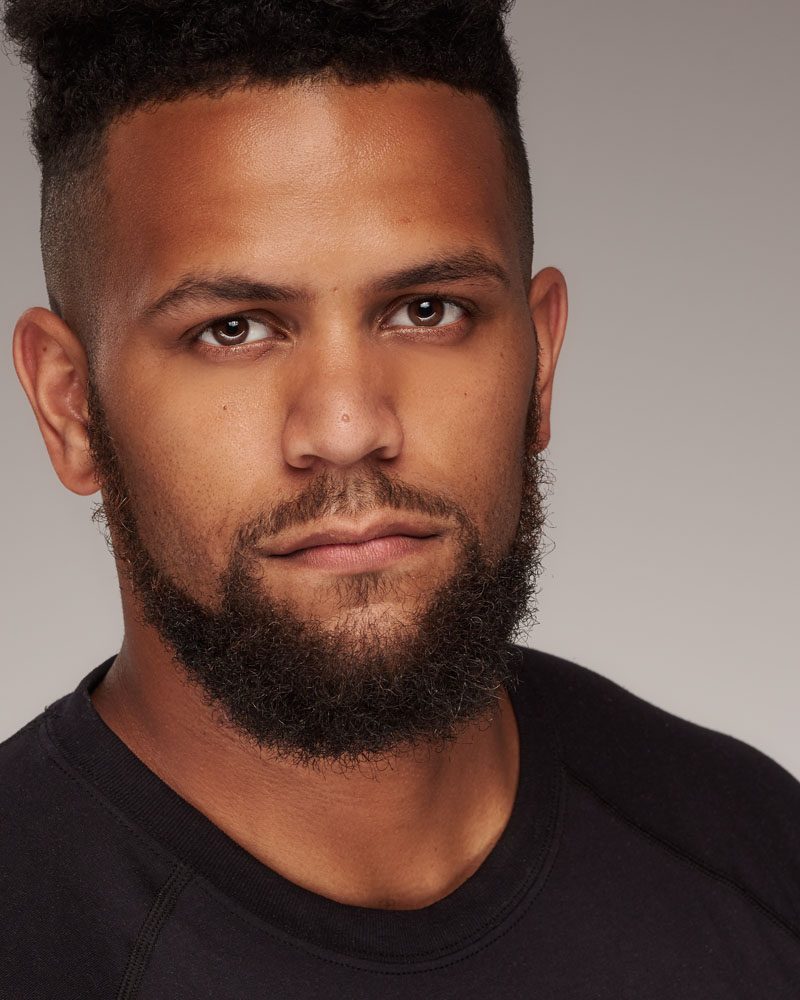Where to Crop on the Body
Where you crop on the body might also have an impact. Typically, it is best to not crop where there is a natural joint or bend to the body. So, from the top down, don’t crop exactly at the top of the shoulder or mid-neck, don’t crop at the elbow, the wrist, the waist, the knee, or the ankle. Instead, crop mid-chest, just above or below the elbow or wrist, just above or below the waist, just above or below the knee, and just above the ankle.
Why? Subconsciously, to the viewer, cropping at these natural bend locations can disconcertingly make it appear as though someone’s limb is cut off. It’s not a deal breaker or hard rule, just one that makes for a more pleasing crop to look at.
Final Considerations
Another consideration is that most people get a headshot for multiple uses. So, going with a crop factor that can offer the most uses is a good idea. Hence, the 1:1 crop factor, or square. It is easiest to later crop down to 8×10, 5×7 or 4×6. It is not so easy to crop the other way around. If you know you will need to crop later on, consider a file that has a slightly higher resolution to account for cropping down later on.
If a photographer shoots too wide in-camera to allow for plenty of cropping room later, this can also have a negative impact. Creating space for cropping can be good but not if you know you will need high resolution results.
For example, if you are doing a headshot, you will be printing or digitally displaying on a 16×20 surface and the photographs are shot full body to allow for cropping “options”, and you later decide to crop in from the chest up, you better have a camera with serious medium format resolution, or the quality might not be there. It might get blurry.
So, proper planning is important, and it depends on the end uses of a headshot as to how it should be cropped. And do not forget it will likely have multiple uses. So, ensuring the use of a high-quality commercial-grade camera is a good starting point. When looking for headshot photographer in Los Angeles or elsewhere, be sure to ask about how they crop.





